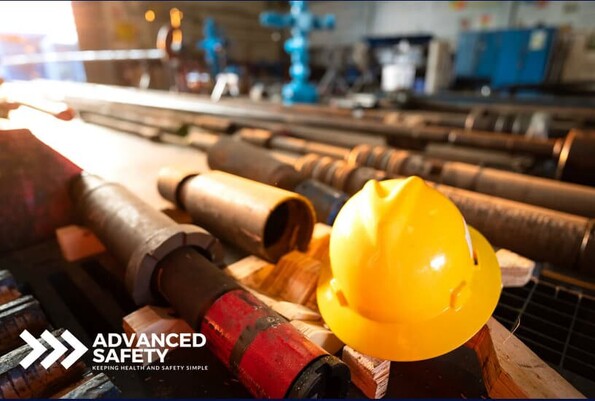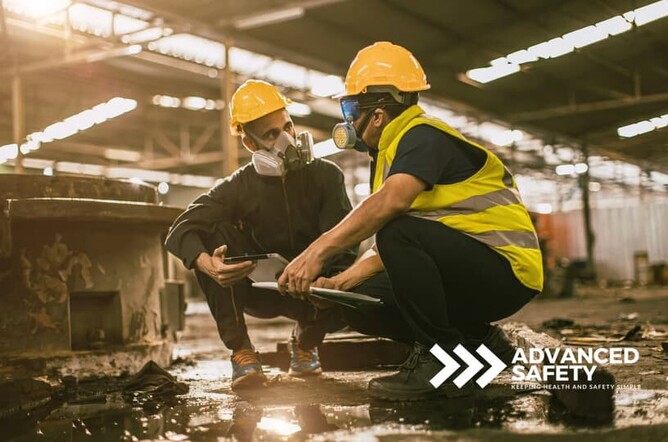Creating a safe work environment in New Zealand is more than just following regulations - it’s about protecting people, enhancing productivity, and fostering a culture where safety is prioritised.
Businesses and employees must work together to maintain Safe Work New Zealand standards, ensuring compliance with the Health and Safety at Work Act (HSWA) while reducing workplace risks.
This guide will walk you through the essential steps for meeting Safe Work New Zealand requirements, including regulatory compliance, hazard identification, and the role of WorkSafe NZ in maintaining a secure and legally compliant workplace.
Understanding Safe Work New Zealand Regulations
Safe Work New Zealand and the Health and Safety at Work Act (HSWA)
The Health and Safety at Work Act (HSWA) is New Zealand’s primary workplace safety legislation. It requires PCBUs (Persons Conducting a Business or Undertaking) to take all reasonably practicable steps to ensure workplace safety.
Hazard Identification and Risk Assessment – Employers must proactively assess risks to prevent harm. Regular workplace evaluations help uncover hazards before they lead to incidents.
Implementing Safety Controls – Businesses must introduce measures such as protective equipment, improved work procedures, or hazard elimination strategies to manage risks effectively.
Providing Employee Training and PPE – Workers must be equipped with appropriate personal protective equipment (PPE) and receive training on safe work practices.
Engaging Workers in Safety Discussions – Employers should involve workers in safety meetings, encourage reporting of hazards, and foster an open safety culture.
Failure to comply with Safe Work New Zealand regulations can result in penalties, legal action, and reputational damage.
Want to Improve Your Workplace Safety?
Contact Advanced Safety for expert guidance and support.
Contact Us TodayWorkSafe NZ’s Role in Safe Work New Zealand
WorkSafe NZ is responsible for enforcing workplace health and safety regulations across the country. Their key functions include:
Conducting Workplace Inspections – WorkSafe NZ auditors assess businesses to ensure compliance with safety laws.
Investigating Workplace Incidents – Serious accidents and near-misses are reviewed to identify causes and prevent future risks.
Providing Educational Resources – WorkSafe NZ offers training programs, safety checklists, and industry-specific guidance to help businesses improve compliance.
Employers can access free tools and templates from WorkSafe NZ to enhance their workplace safety efforts.
Common Workplace Hazards and Safe Work New Zealand Solutions
1. Physical Hazards in Safe Work New Zealand
Physical hazards include falls, machinery accidents, moving vehicles, and structural hazards. Employers should:
Ensure machinery is well-maintained – Faulty equipment increases accident risks. Regular servicing prevents failures.
Implement fall protection measures – Use guardrails, harnesses, and non-slip surfaces to prevent falls from height.
Provide safety signage and barriers – Clearly mark hazardous areas and restrict access where needed.
2. Ergonomic Hazards in Safe Work New Zealand
Poor workstation design, repetitive tasks, and incorrect posture contribute to musculoskeletal injuries. Best practices include:
Providing adjustable workstations – Ergonomic desks and chairs reduce strain on workers.
Encouraging proper lifting techniques – Employees should be trained to lift safely to prevent back injuries.
Scheduling breaks for repetitive tasks – Allowing workers to rest can help prevent repetitive strain injuries.
3. Chemical Hazards in Safe Work New Zealand
Many industries use hazardous chemicals, such as cleaning agents, solvents, and industrial products. Reduce risks by:
Storing chemicals correctly – Use proper ventilation and containment methods to minimise exposure.
Training workers on safe handling – Employees must understand chemical risks and emergency response protocols.
Providing protective clothing and gloves – Ensuring correct PPE use minimises contact with harmful substances.
4. Biological Hazards in Safe Work New Zealand
Industries like healthcare and agriculture expose workers to bacteria, viruses, and allergens. Minimise risks by:
Enforcing hygiene protocols – Handwashing and sanitisation stations reduce contamination risks.
Providing personal protective gear – Face masks, gloves, and protective clothing prevent exposure.
Educating workers on risk prevention – Employees should understand how to handle biological materials safely.
5. Psychosocial Hazards in Safe Work New Zealand
Workplace stress, bullying, and violence impact mental well-being. To address psychosocial risks:
Foster a supportive workplace culture – Encourage teamwork and ensure respectful interactions.
Implement mental health programs – Provide resources such as counselling and stress management training.
Create clear reporting procedures – Employees should feel safe to report workplace bullying or harassment.
How to Implement Safe Work New Zealand Practices
1. Conducting Regular Risk Assessments
Businesses should review their workplace safety procedures regularly to ensure ongoing compliance. Conducting hazard identification audits helps maintain a proactive approach.
2. Developing Safe Work New Zealand Policies and Procedures
Establish clear emergency response plans outlining evacuation procedures and first aid measures.
Develop job-specific safety procedures to ensure best practices for each role.
3. Employee Training and Engagement in Safe Work New Zealand
Safety inductions for all new employees ensure they start with proper safety knowledge.
Ongoing safety training helps reinforce best practices and update workers on regulation changes.
4. Implementing Incident Reporting and Investigation Procedures
Create transparent reporting systems for accidents and near-misses.
Investigate each incident to identify root causes and prevent recurrence.
5. Conducting Regular Safe Work New Zealand Compliance Audits
Schedule internal audits to check adherence to regulations.
Use external consultants for unbiased safety assessments.
Want to discuss your safety goals?
Contact Advanced Safety for professional guidance and support.
Contact Us TodayConclusion: Building a Culture of Safe Work New Zealand
Ensuring Safe Work New Zealand is an ongoing commitment requiring collaboration between businesses, employees, and WorkSafe NZ. By:
✔ Understanding workplace safety laws
✔ Identifying and mitigating common hazards
✔ Implementing a structured safety management system
…businesses can create safer, healthier work environments.


